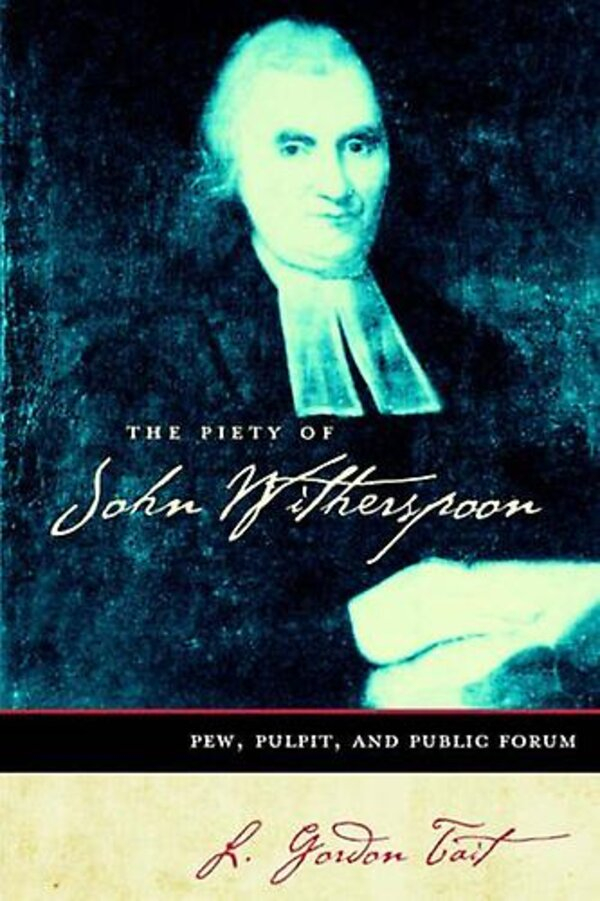He was a political and religious writer.
In Beith, Ayrshire (1745–1758), he was appointed pastor of the Church of Scotland (Presbyterian), where he also wed Elizabeth Montgomery of Craighouse. Five of their 10 children made it to adulthood.
John Witherspoon was able to defend his party, which wished to retain Church traditions, while he was still in Scotland by penning a stinging satire on the opposing side. The Church's Characteristics is the title of his pamphlet. In 1753, it was published. The pamphlet was initially released under an assumed name, but Witherspoon quickly rose to fame after it was revealed that he was the author.
Witherspoon implemented a number of innovations, such as the modeling of the curriculum and the university architecture that was later adopted by the University of Edinburgh and other Scottish universities. Witherspoon has personally instructed students in courses on divinity, historical chronology, and eloquence. However, moral philosophy is the most significant thing (a required course).
Before taking the position at Princeton, Witherspoon was a well-known Presbyterian evangelist in Scotland. Witherspoon rose to prominence in the early Presbyterian Church in America because he was a key figure in the school's primary function at the time training pastors. Pamphlets, essays, and lectures are only a few of the additional writings on political and theological subjects that Witherspoon left behind.








